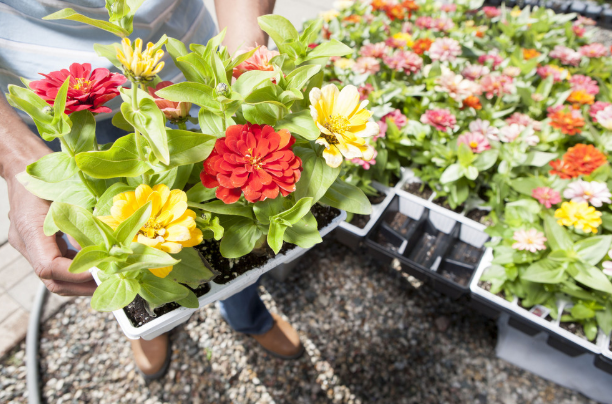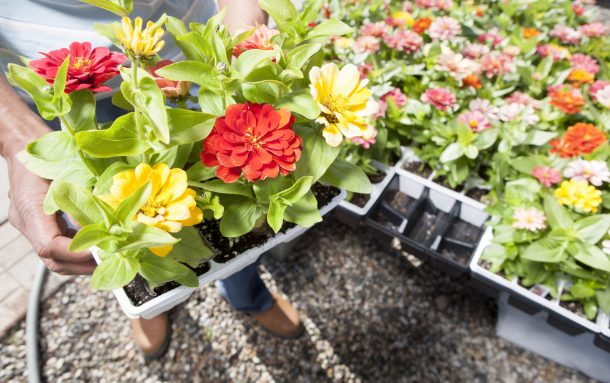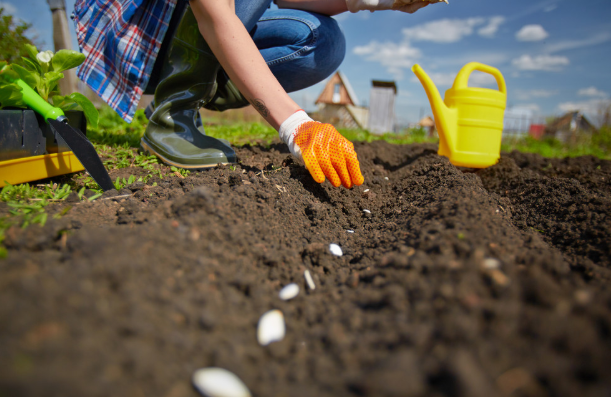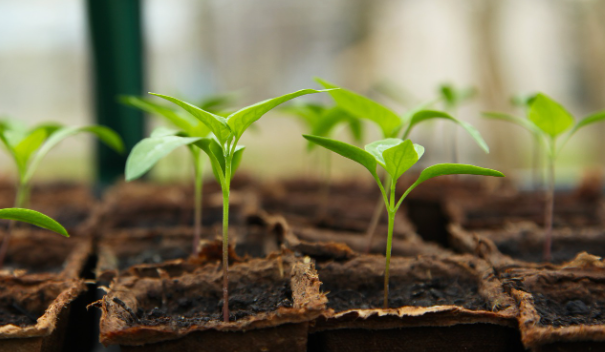Welcome to your gardening journey! Whether you’re looking to cultivate a lush garden or grow a few herbs on your windowsill, these beginner-friendly tips will set you on the right path. Here are pointers for novice gardeners as they explore the joys of nurturing plants.
Choosing the Right Location
The pandemic prompted 48.8% to start gardening and landscaping, seeking solace and productivity at home. Choosing the right location for your garden or plants involves understanding how much sunlight different areas receive throughout the day. Ideally, you’ll want to choose a spot that gets at least six hours of direct sunlight for most vegetable and flower gardens.
Gardening on balconies or small patios requires creative solutions to maximize sunlight exposure. Consider using vertical gardening techniques or tiered plant stands to make the most of limited space. Also, pay attention to changes in weather patterns and how they might affect the chosen spot over different seasons.
If space is limited indoors, try positioning your plants near south or southwest-facing windows where they can soak up the most light. Supplemental lighting might be necessary in homes with insufficient natural light; LEDs provide an energy-efficient option. Remember, observing and adapting to your environment is crucial for a successful home garden.
Understanding Soil Types
Soil is the foundation of any healthy garden, and understanding your soil type is essential for successful plant growth. Start by performing a simple test to determine if your soil is sandy, clay, or loamy, as each has its own characteristics. Sandy soils drain quickly but may require more frequent watering, while clay soils retain moisture but can become compacted.
Loamy soil is often considered the best for gardening due to its balanced composition, offering good drainage and nutrient retention. If your garden’s natural soil isn’t ideal, consider enhancing it with organic matter such as compost or well-rotted manure. These amendments improve soil structure, fertility, and water-holding capacity.
Testing the pH level of your soil is also important as different plants prefer different pH ranges. Home testing kits are available, or you can send samples to a local agricultural extension service. Adjusting the pH can be done using additives like lime or sulfur, each of which will mildly shift the soil’s acidity or alkalinity.
Essential Gardening Tools
A successful gardening experience requires the right set of tools to manage tasks efficiently and effectively. Start with basic tools like a spade, trowel, and hand fork, which are great for digging, planting, and weeding. Pruners and shears are also vital for maintaining healthy plant growth and managing overgrowth in your home garden.
As your gardening journey progresses, you may find additional tools necessary for more specific tasks. Garden hoses with adjustable nozzles are useful for watering, while a wheelbarrow aids in transporting soil, amendments, and plant materials. Consider investing in quality, durable tools to ensure longevity and ease of use.
Comfortable gloves and kneeling pads can make long gardening sessions more pleasant, reducing strain and protecting your hands. Whether tending to an outdoor plot or a small indoor garden, organizing your tools and equipment in a convenient location makes gardening more enjoyable. Regularly clean and maintain your tools to keep them in top condition for years to come.
Adding Easy-to-Grow Vegetables
There are 21,770 nursery and garden stores in the United States offering a wide variety of easy-to-grow vegetables perfect for beginners. Leafy greens like lettuce and spinach provide quick yields and thrive in a range of conditions. Root vegetables such as radishes and carrots are also beginner-friendly, as they require little maintenance once planted.
Herbs such as basil and cilantro are perfect candidates for windowsill gardens due to their compact size and culinary versatility. Tomatoes are popular for home gardens, offering abundant and delicious fruit with relatively simple care requirements. Starting with these beginner vegetables can quickly build confidence and provide fresh produce for your home kitchen.
When selecting vegetables, consider your climate and growing season to ensure success. Some vegetables prefer cooler temperatures, while others thrive in warmth, so choosing varieties suited to your environment is crucial. Companion planting can also improve yields and deter pests, making your garden more productive and resilient.
Identifying Beginner-Friendly Flowers
Since landscaping can increase a home’s value by 15% to 25%, it’s important to choose beautiful beginner-friendly flowers that can transform your outdoor or indoor space into a colorful retreat. Marigolds and zinnias are resilient, bright blooms that add a splash of color with minimal effort. Sunflowers are similarly easy to grow, offering towering blossoms that attract pollinators while providing a stunning focal point.
Pansies and violas are versatile options that perform well in cooler temperatures, brightening up gardens with their vibrant petals. For those preferring perennials, coneflowers and daylilies offer long-lasting blooms with minimal care, year after year. Choosing flowers that are native to your region can also increase success, as they’re naturally adapted to local conditions.
Container gardening allows you to enjoy flowers in limited spaces, making it an excellent option for urban residents. Use potting mix rather than garden soil in containers to ensure proper drainage and reduce the risk of root rot. Experimenting with color combinations and textures will enhance the visual appeal of your garden, creating a tranquil haven at home.
Caring for Your Plants
Caring for plants involves monitoring their health and adjusting care routines as needed. Regularly check plants for signs of overwatering or underwatering, such as yellowing leaves or wilting. Adjust your watering frequency based on plant type, soil, and environmental conditions to maintain optimal health.
Feeding your plants with the appropriate nutrients will support healthy growth and flowering. Organic fertilizers like compost and worm castings offer a slow-release nutrient source, enhancing soil health. Pay attention to seasonal feeding needs, as certain plants may require more nourishment during active growth periods.
Pruning is another key aspect of plant care, promoting air circulation and preventing disease. Remove dead or diseased foliage and practice thinning to encourage robust new growth. Keeping an eye on your plants and addressing issues promptly ensures a thriving, lush home garden.
Managing Pests and Weeds
Managing pests and weeds is crucial for maintaining a healthy garden and maximizing yields. Common garden pests include aphids, snails, and caterpillars, each of which can damage your plants if not addressed. Employing organic pest control methods like neem oil or insecticidal soap minimizes chemical use, keeping your garden eco-friendly.
Companion planting can deter pests naturally, as certain plants act as repellents. Marigolds, for instance, repel nematodes, while basil helps deter insects when planted near tomatoes. Maintaining biodiversity in your garden can also attract beneficial insects like ladybugs, which prey on common pests.
Weed management is essential to prevent competition for resources and reduce the risk of diseases. Regularly mulching your garden beds suppresses weed growth and retains moisture for your plants. By managing weeds and pests effectively, you’ll cultivate a vibrant, flourishing garden that adds value and beauty to your home.
Gardening is a rewarding pursuit that can be both relaxing and enlightening. With these simple tips, first-time gardeners can cultivate a green space that’s not only beautiful but also rewarding. Embrace the learning process, and soon you’ll find yourself thriving alongside your flourishing garden, turning your home into a personal oasis.








